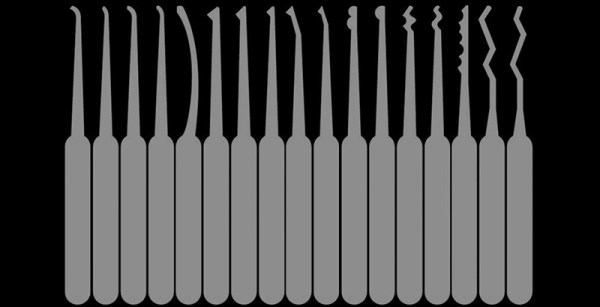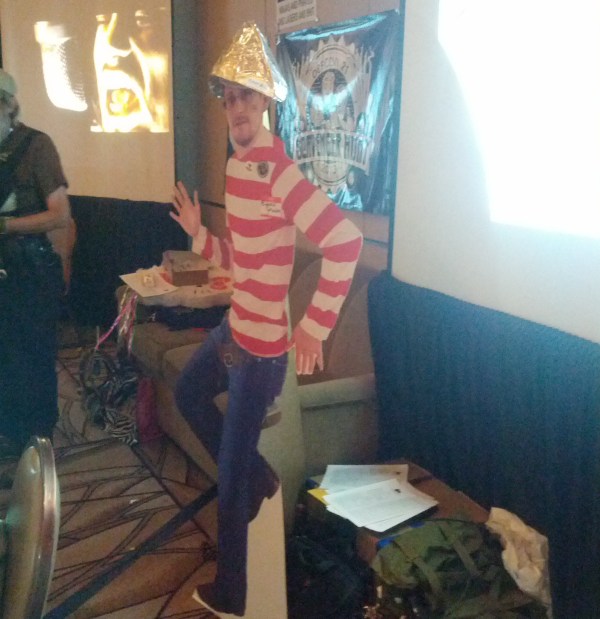Over at the 23B hackerspace in Fullerton, CA, [Dano] had an interesting idea. He took a zip tie, and trimmed it to have the same profile of a lock pick. It worked. Not well, mind you, but it worked. After a few uses, the pick disintegrated, but still the concept of picks you can take through a TSA checkpoint was proven.
A few days after this demonstration, [C] realized he had a very fancy Objet 3D printer at work, and thought printing some pics out would be an admirable goal. After taking an image of some picks through the autotracer in Solidworks, [C] had an STL that could be printed on a fancy, high-end 3D printer. The printer ultimately used for these picks was a Objet 30 Pro, with .001″ layer thickness and 600dpi resolution. After receiving the picks, [C] dug out an old lock and went to town. The lock quickly yielded to the pick, and once again the concept of plastic lock picks was proven.
Although the picks worked, there were a few problems: only half the picks were sized appropriately to fit inside a lock. Two picks also broke within 15 minutes, something that won’t happen with traditional metal picks.
Still, once the models are figured out, it’s easy to reproduce them time and time again. A perfect lock pick design is then trivial, and making an injection mold becomes possible. They might still break, but they’ll be far easier to manufacture and simple to replace.


























